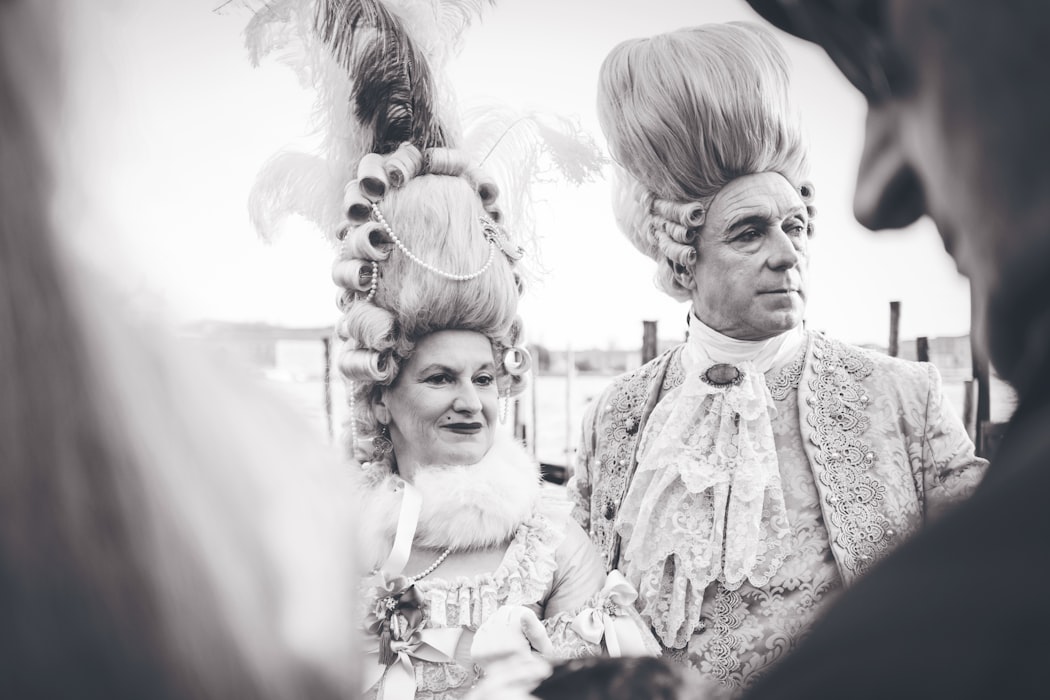On the surface, it is easy to imagine that British fashion is simply about style, and nothing else. However, clothes aren’t just about trends and glamor. No, they also hold a number of historical clues and notes, if you know where to look. The following article will deal with British fashion through the ages and examine just what these designs reveal.
The Emergence of Romano-British Culture and Anglo Saxons
This era was shortly after the Roman invasion. As such, there were still some remnants of Roman costume in Britain. This included long Romanized dresses, military uniforms, and sandals. However, the epic of Beowulf shows that another key fashion statement: simplicity. Read any character rendition from a free essay, and you will find that this era was all about function.
Examine Beowulf essay examples and you will discover that constant battles were an accepted fact of life. As such, Beowulf character analysis essay shows that men mostly donned a tunic, trousers, cloak, and very little else. Women’s clothing consisted of a few more layers, however. This included mantle, gowns, under gowns, and veils that covered their heads.
Before and During the Renaissance
Shortly before the renaissance, there was some fashion mixing and matching between the sexes. Women borrowed the idea of the “sideless gown” surcote from their male counterparts. In turn, the men began to adopt large, feminine headdresses. This era is also well-known for its introduction of the corset for a more streamlined figure.
The renaissance period, on the other hand, was a time of luxury and finery. This led to the use of more extravagant materials such as taffeta and Genoese velvet. Both men and women were more indulgent in both their physical appearance as well as their dress sense. These tendencies were largely influenced by Spanish and French fashions.
The 1600s to 1800s
In the late 1600s, there was a fashion evolution of sorts: the first fashion magazine was published. Now, this had a considerable impact on society. For one thing, it meant that the upper echelons of the country were held to specific style rules that they were expected to follow. Thus, there was more consistency among the older generation.
At the same time, a few fashion rebels began to emerge in the younger generations. These individuals began to adopt the concept “less is more”. As a result, they did away with much of the earlier finery. In doing so, they also unexpectedly reduced the divisions between the social classes as well.
The 1800s to 1900s
Interestingly enough, it was an Englishman – Charles Frederick Worth – that was actually responsible for the inception of haute couture and fashion designers in general. He was one of the first people to use live models to show off his fashions. In fact, to a great extent, he elevated the role of designers in general.
This, of course, is fascinating given the fact that much of the history of fashion is credited to French designers. However, by digging a little deeper, it is clear that Britain had a rather important role in changing the landscape of fashion forever.
20th Century to Present
The 20th century isn’t easy to narrow down in terms of fashion. This is because they often changed at alarming rates, jumping from one trend to another. What is notable about this style era, though, is how much of the designs were associated with one revolution or another.
For instance, in the 60s and 70s, there was quite the female empowerment movement taking place. As such, the 60s were filled with women wearing fashions that were previously relegated to men. The 70s saw more and more women entering the workplace. Thus, it was all about power suits and business-related attire.
The 80s saw the elevation of fashion to an art form – something that has carried on today. The 90s continued this trend with fashion designers and supermodels reaching peak status. As the 2000s progressed many of the older styles were recycled, but with modern twists. This is a fad that appears to last for quite a while.
This is British fashion through the ages. As you can see, it offers some interesting insight into the real role of fashion throughout British history. In this way, styles have had quite an impact on this culture.
